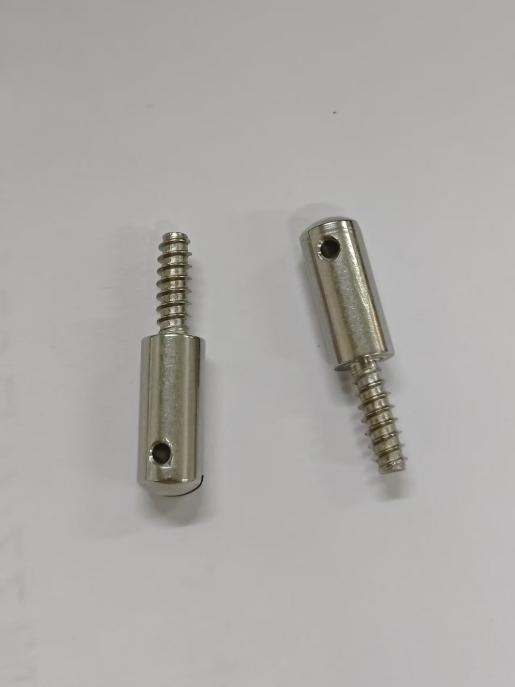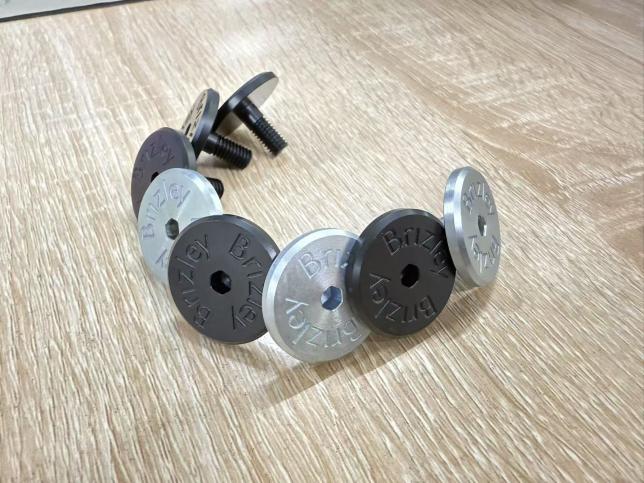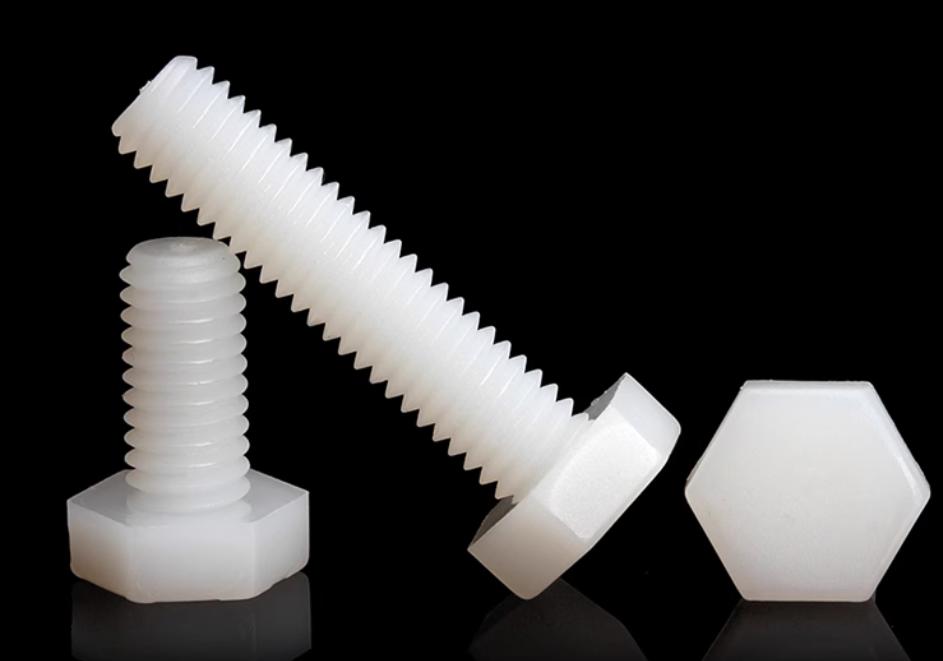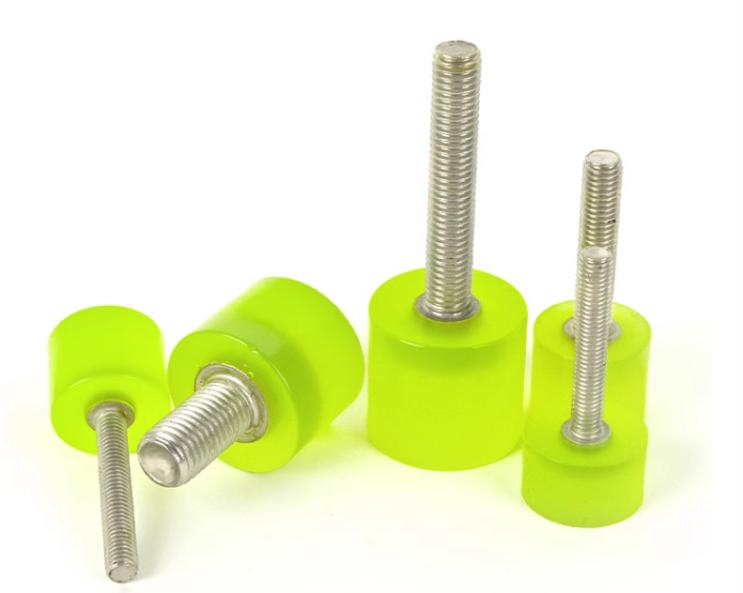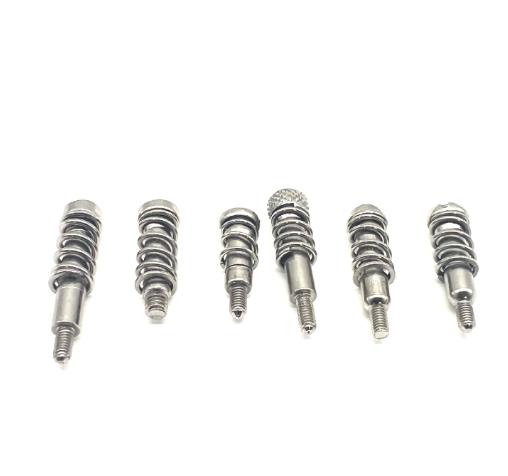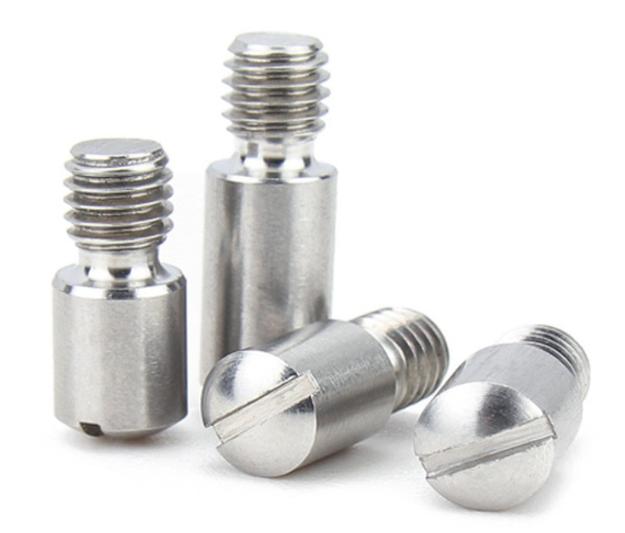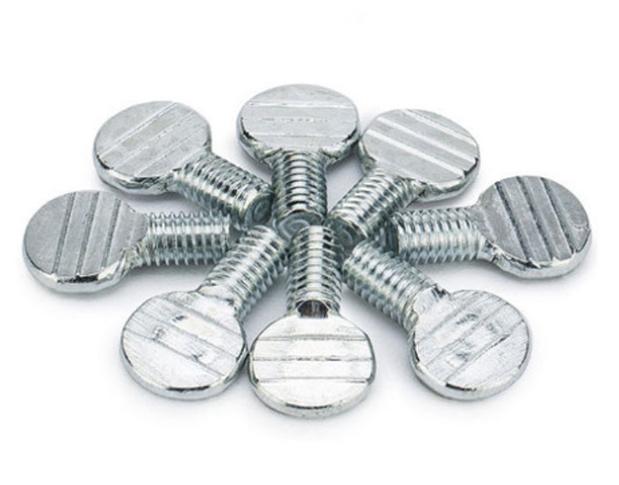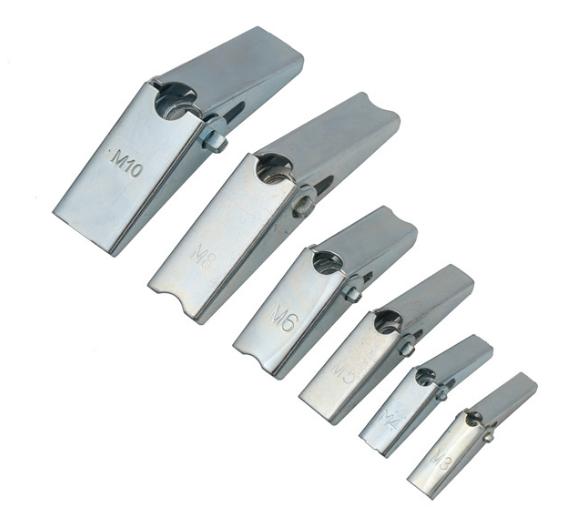What are Common Failures in Screws: How to Prevent Them?
Screws are essential fasteners used in a wide range of applications, from everyday household items to critical industrial machinery. Despite their durability, screws can fail under certain conditions, leading to mechanical issues or even system-wide failures. Understanding the common failures in screws, their causes, and methods of prevention is crucial for maintaining reliability and safety in any application.
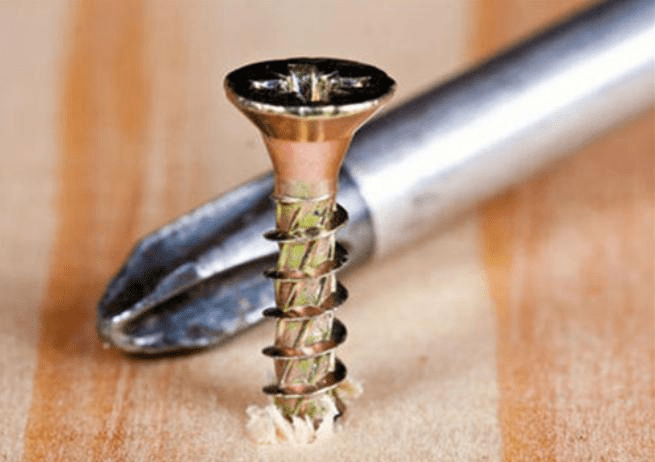
Table of Contents
The Serious Consequences Caused by Screw Failures
This chart highlights the serious consequences caused by screw failures across various industries
| Industry | Potential Consequences of Screw Failure | Impact on Operations |
| Automotive | Loss of structural integrity, component detachment, potential accidents | Reduced vehicle safety, costly repairs, potential harm to passengers and drivers |
| Aerospace | In-flight failure of critical systems, engine malfunction, compromised safety | Risk to passengers, possible loss of aircraft, regulatory violations |
| Construction | Structural collapse, loss of load-bearing capacity, compromised safety | Significant damage to buildings or bridges, potential fatalities, delays in project completion |
| Manufacturing | Equipment failure, production downtime, machinery damage | Reduced productivity, costly repairs, financial losses due to halted operations |
| Oil & Gas | Leaks, system failure, risk of explosions or spills | Environmental damage, safety hazards, costly clean-up operations, and regulatory penalties |
| Marine | Hull or equipment detachment, compromised integrity of onboard systems | Risk of sinking, crew injury, damage to cargo, potential environmental pollution |
| Electronics | Short-circuiting, malfunctioning of critical components or systems | Equipment failure, data loss, operational disruptions, potential fire hazard |
| Textile & Apparel | Yarn breakage, machine malfunction, defects in finished goods | Production delays, quality issues, increased waste, reduced efficiency |
| Energy | Breakdown of power generation systems, turbine or generator failure | Power outages, significant repair costs, impact on local infrastructure |
| Consumer Products | Product malfunction, safety hazards, brand reputation damage | Customer dissatisfaction, potential lawsuits, regulatory scrutiny, damage to brand trust |
Common Failures and Preventive Measures in Screws
1. Stripped Threads
Stripped threads are one of the most frequent screw failures. This happens when the threads on the screw or the mating hole become worn down or damaged, preventing the screw from tightening securely. Stripped threads can occur due to excessive torque, using the wrong screwdriver or bit, or improper installation. Over-tightening a screw beyond its design limit can strip the threads on either the screw or the mating surface, rendering the connection loose and unreliable.
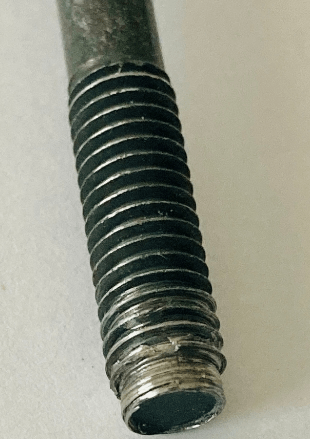
Preventive Measures:
To prevent stripping, always use the correct screwdriver or power tool for the type and size of screw. Ensure that the tool fits snugly into the screw head to avoid damaging the threads. Additionally, follow the manufacturer’s recommended torque specifications to prevent over-tightening. If working with soft materials, consider using screws with self-tapping threads to reduce the risk of stripping.
2. Corrosion and Rusting
Corrosion is a common issue, especially when screws are exposed to harsh environments. This typically happens when screws are made from materials that aren’t resistant to moisture, chemicals, or salt. Corrosion can lead to weakening of the screw structure, loss of functionality, and eventually complete failure. This is particularly problematic in outdoor applications, marine environments, or places with high humidity.
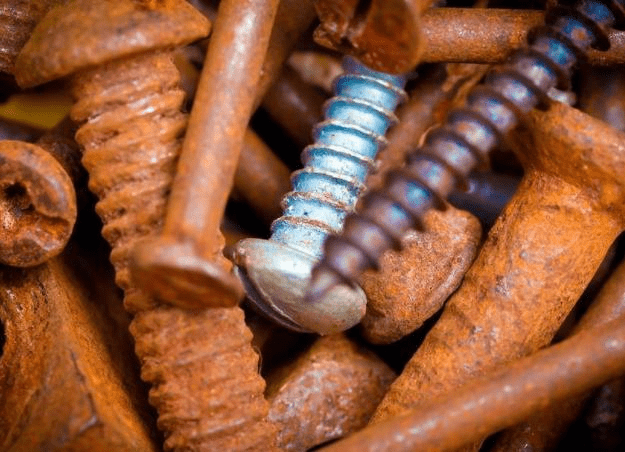
Preventive Measures:
Adopt screws made from corrosion-resistant materials, such as stainless steel, or apply protective coatings like zinc plating or galvanization. For applications in harsh environments, consider using screws with additional corrosion-resistant treatments. Proper sealing and coating of threads can also help prevent moisture from reaching the screw and causing rust.
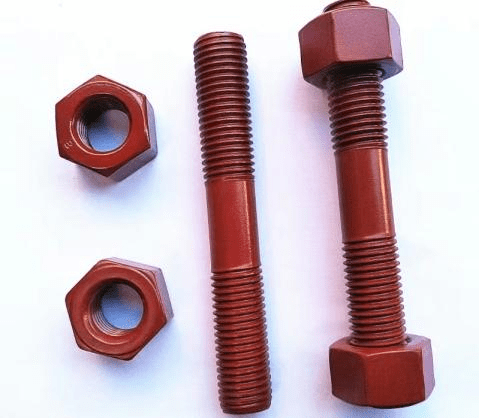
3. Head Breaking or Stripping
Another frequent failure occurs when the head of the screw either breaks off or strips. This often results from improper installation, excessive force, or poor material quality. A stripped head makes it impossible to remove or tighten the screw, causing significant difficulty in repairs or adjustments. Broken screw heads are a common issue when using low-quality screws or tools that don’t provide a good grip.
Preventive Measures:
Use the correct screwdriver or power tool for the type and size of screw. Ensure that the tool fits snugly into the screw head to avoid damaging the threads. Additionally, follow the manufacturer’s recommended torque specifications to prevent over-tightening. If working with soft materials, consider using self-tapping screws to reduce the risk of stripping.
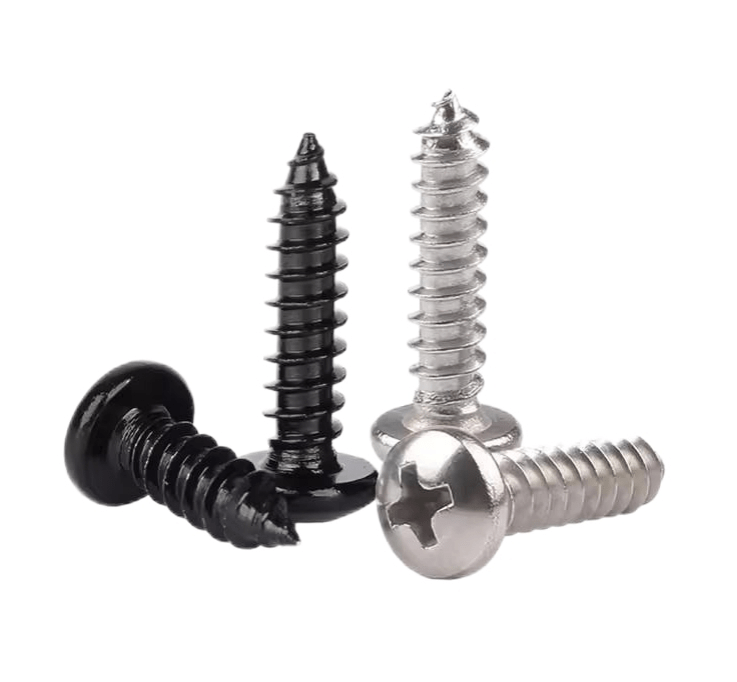
4. Fatigue Failure
Screws that experience constant cycling or vibration can suffer from fatigue failure. This is a process where the screw material gradually weakens after repeated loading and unloading, which can lead to cracks and eventual breakage. Fatigue failure is common in applications such as automotive engines, machinery, or other high-vibration environments.
Preventive Measures:
Use screws with locking mechanisms, such as lock washers or thread-locking adhesives like Loctite. These measures can help secure the screw and prevent it from loosening under vibration or movement. Additionally, applying the correct torque during installation and periodically checking and re-tightening screws can prevent loosening over time.
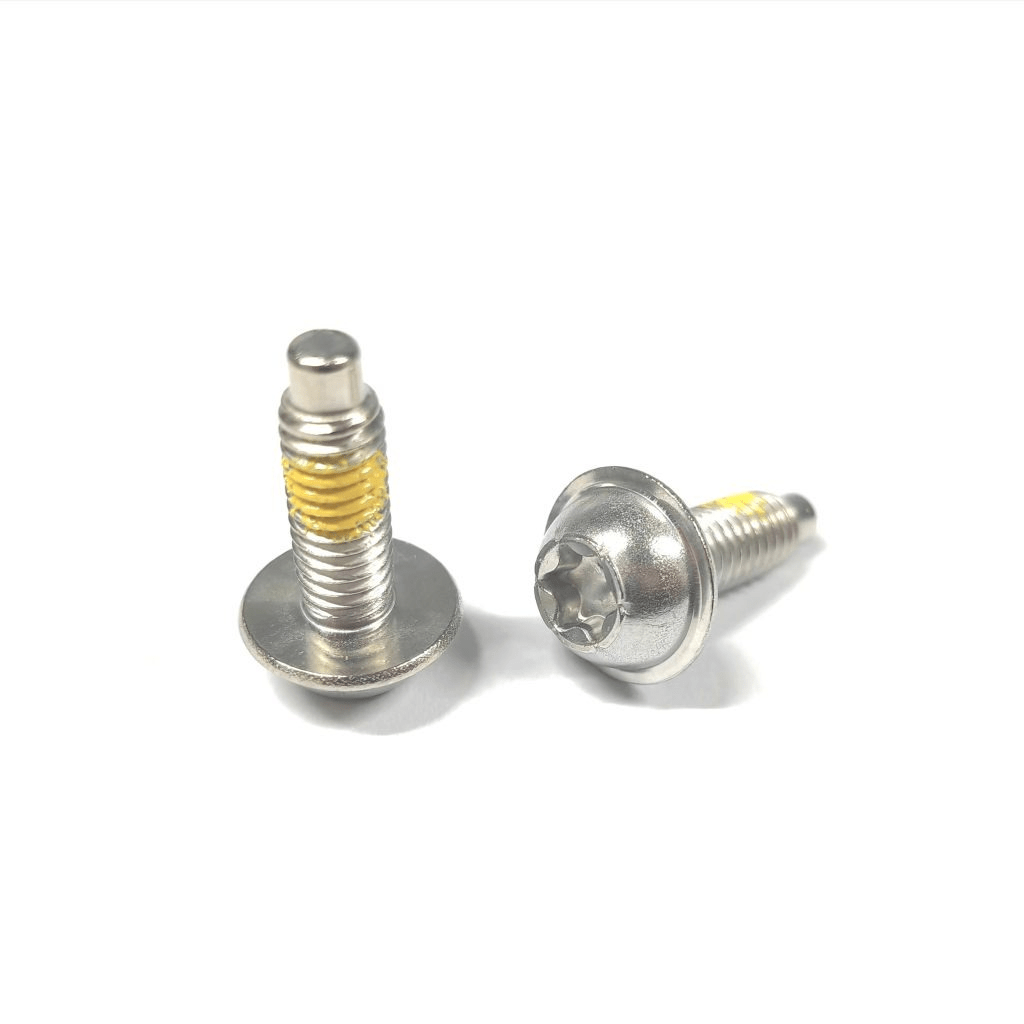
5. Over-torquing or Under-torquing
Both over-torquing and under-torquing screws can lead to failures. Over-torquing results in the deformation or breaking of the screw, while under-torquing can result in a loose connection that compromises the integrity of the assembly. Correct torque specifications are critical for screw performance, and failure to apply the correct torque can result in a weak or unstable fastening.
Preventive Measures:
Adhere to the manufacturer’s recommended torque specifications. Using a calibrated torque wrench ensures that the screw is tightened to the correct level, avoiding the risk of over-tightening. Additionally, using the correct type and size of screw for the material can help avoid excessive force during installation.
6. Improper Material Selection
The material composition of a screw has a direct impact on its performance. Using screws made from materials that are inappropriate for the application can result in early failure. For instance, using soft metals like aluminum for high-stress applications or choosing screws that don’t have adequate resistance to specific environmental conditions can lead to material degradation, such as cracking or bending.
Preventive Measures
Select screws made from materials suitable for the application’s environment and load requirements, considering factors such as temperature, chemical exposure, and mechanical load when choosing screw materials.
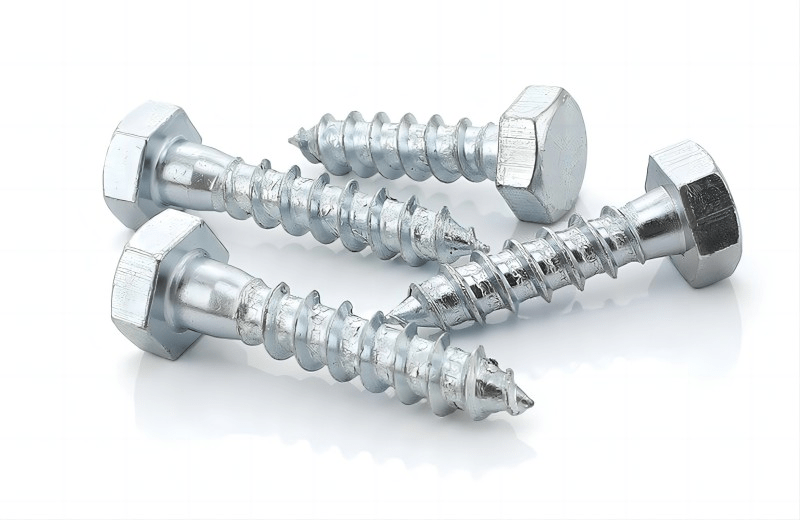
7. Thread Galling
Thread galling occurs when friction between the threads of a screw and its mating material generates enough heat to cause the material to stick and seize. This leads to the threads becoming damaged or deformed, making it difficult or impossible to remove the screw. Galling is particularly common when using stainless steel or other soft metals in combination with the wrong type of lubricant or when not using lubricants at all.
Preventive Measures:
Use anti-seize lubricants or coatings to reduce friction and prevent galling and select appropriate materials to prevent direct contact between incompatible metals.
8. Screw Shearing
Screw shearing occurs when a screw experiences excessive shear force, causing it to break or snap under the applied load. Shear failure can occur in applications where the screw is not properly aligned or is subjected to sudden, high forces that exceed its shear strength. This is common in structural assemblies or machines with complex movements.
Preventive Measures:
To prevent shearing, always choose screws that are designed to handle the specific loads and stresses of the application. When selecting screws, consider the material strength, as well as the size and length of the screw, to ensure it’s appropriate for the task. Proper installation techniques, such as ensuring screws are aligned correctly and avoiding excessive torque, also help in reducing the risk of shearing.
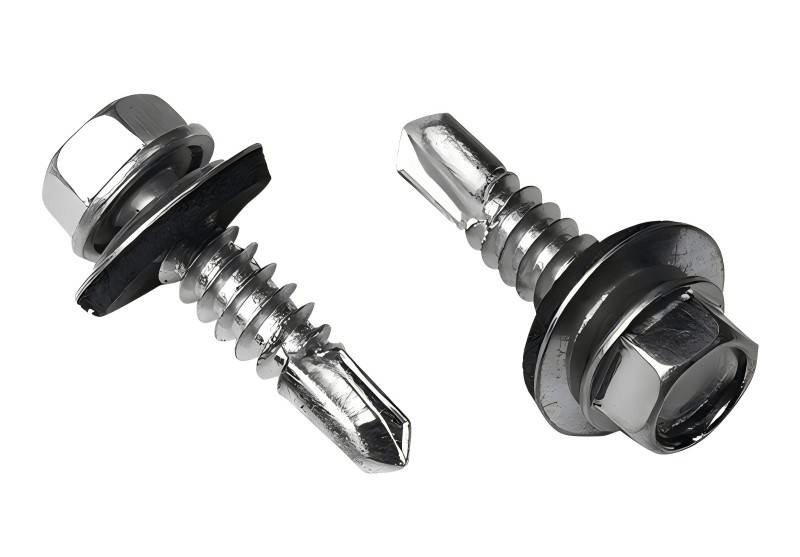
Final Thoughts
Screw failures can cause significant disruptions in mechanical assemblies, often leading to costly repairs and safety risks. By understanding the common causes of screw failures, such as stripped threads, corrosion, head breakage, fatigue, and improper torque, etc, engineers and technicians can take proactive measures to minimize these risks. Proper screw selection, installation techniques, and material choices are essential in preventing failures and ensuring the long-term reliability of fastened assemblies. Through following best practices and using quality materials and tools, it’s possible to enhance the performance and lifespan of screws, ensuring that they continue to perform their vital functions in a variety of applications.

